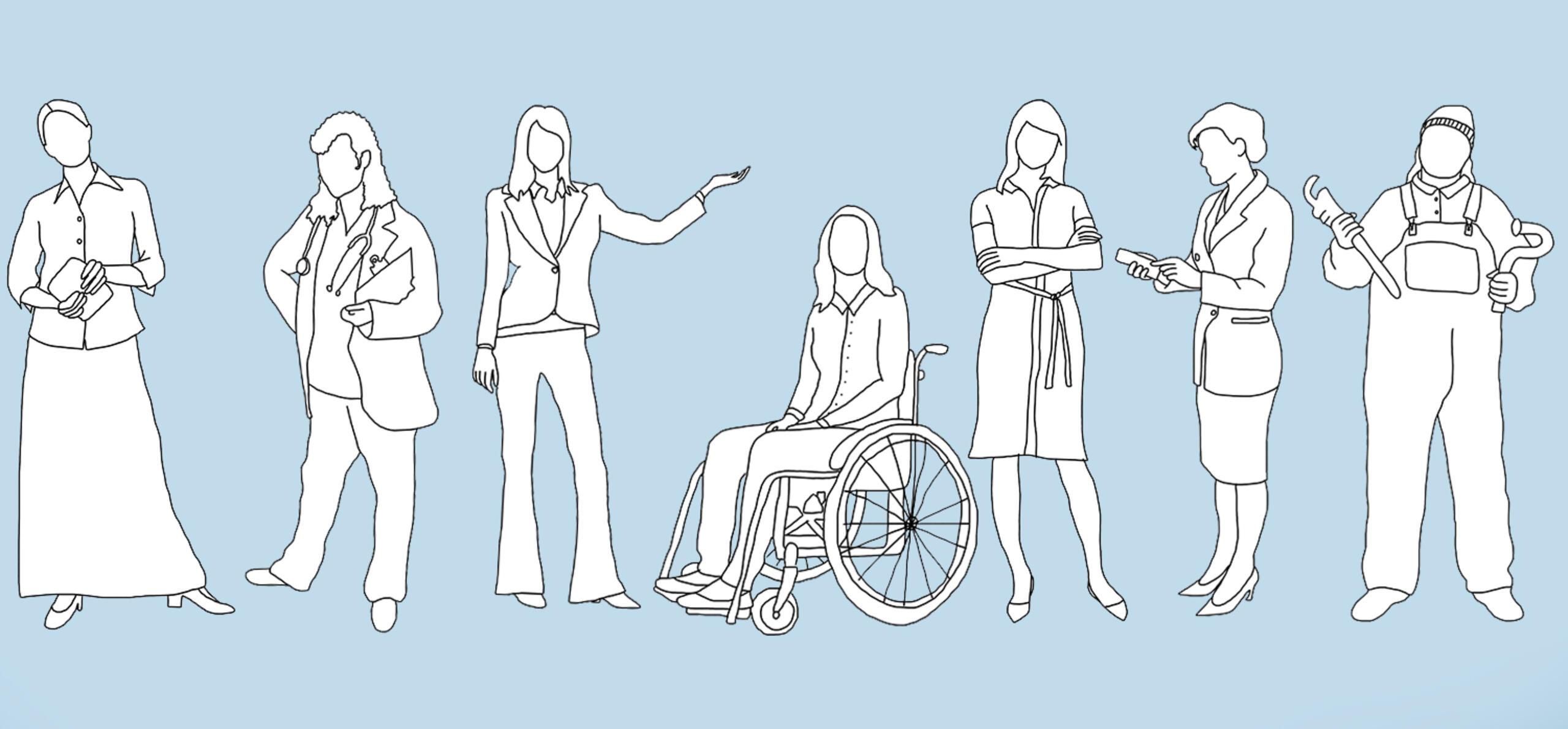Reading Museum has a vast collection of over 500,000 artefacts, which include objects and specimens collected from all around the world. These objects include artworks, domestic items, insects and animals, fossils, archaeological artefacts, photographs, and much more.
But who gave these objects to the museum? And why?
Almost all the objects that we keep were gifted to us by the people of Reading and private collectors in the town, many of whom were women!
In this blog, read on to learn about just some of the women collectors who have donated to our collections - including an artist of Egyptian artefacts, a plant hunter who discovered an extremely rare orchid, a pioneering archaeologist of Roman Silchester, and more!
Molly Cotton
Dr Molly Cotton (aka Mrs Molly Aylwin Cotton) (1902-1984) was an archaeologist. She first trained as a doctor but retired from medicine when she married.
In 1936, she studied archaeology at the Institute of Archaeology, London. She was assistant director at excavations at Maiden Castle, led by Tessa and Mortimer Wheeler. She led her first excavation at the Roman Town of Silchester in 1938 to 1939.
We keep many of Dr Cotton's finds and archaeological archives at the Museum, resulting from her exacations at Silchester, Weycock Hill in 1953, and Robin Hood’s Arbour in 1960.
After the death of her husband, Dr Cotton moved to Rome, where she studied the archaeology of the Mediterranean.
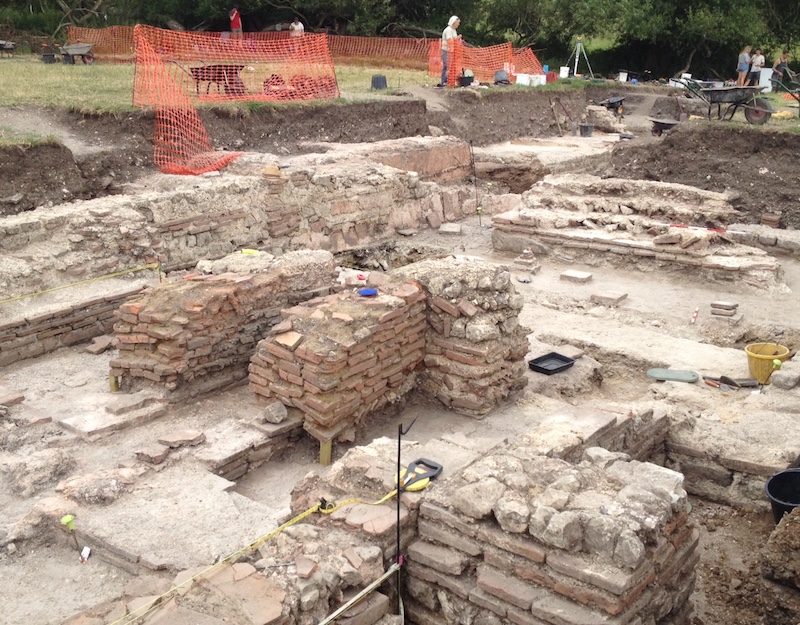
Modern archaeology excavations at Silchester
Beatrice Braithwaite-Batty
Beatrice Braithwaite-Batty (1833-1933) was a traveller, missionary and author. She travelled to India in 1860 with her missionary husband as part of the Church Missionary Society. Her husband died in 1861 but she continued to travel extensively. She later settled in Oxford. She donated items from North America, India and Egypt to Reading Museum. She also donated objects to the Pitt Rivers Museum and the The Museum of Archaeology and Anthropology, Cambridge.
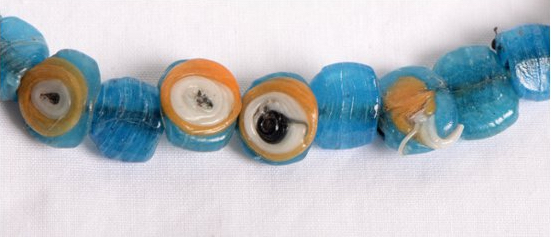
Egyptian necklace (museum number REDMG : 1928.111.2)
Sylvia Blagrove
Sylvia Blagrove (1910-2003) was the political force behind the founding of the Reading Foundation for Art and its collecting. The organisation has supported Reading Museum in collecting works of art since its beginnings in 1974, such as work by artist Helen Cammock. Sylvia Blagrove served on the Reading Borough Council and was Mayor in 1972-73.
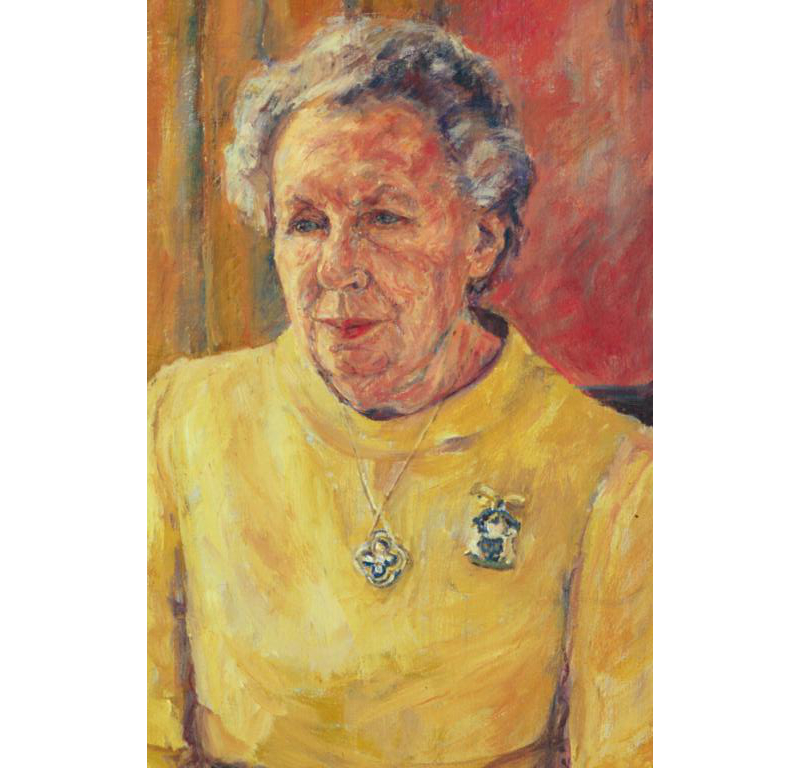
Sylvia Blagrove, detail from portrait by Alison Smith, 1990. Commissioned by the Foundation (museum number REDMG : 1991.25.1)
Vera Paul
Vera Paul (nee Smith) (1913-2001) was interested in botany from an early age. She was just 18 when in 1931, she discovered and identified an extremely rare ghost orchid in Great Bottom Wood, near Rotherfield Peppard in Oxfordshire.
Paul and her father brought it to the Museum, where it was photographed for us by Robert Atkinson and preserved in spirit.
Later, Paul became a member of the Reading and District Natural History Society in the 1950s and supplied plant records for the Reading Naturalist journal, as well as taking part in the Botanical Society of the British Isles' survey, which led to the production of the first National Plant Atlas in 1962.
Paul was a founding member of the Berkshire, Buckinghamshire and Oxfordshire Naturalists' Trust (now BBOWT). In 1980, she was awarded an OBE for services to conservation.
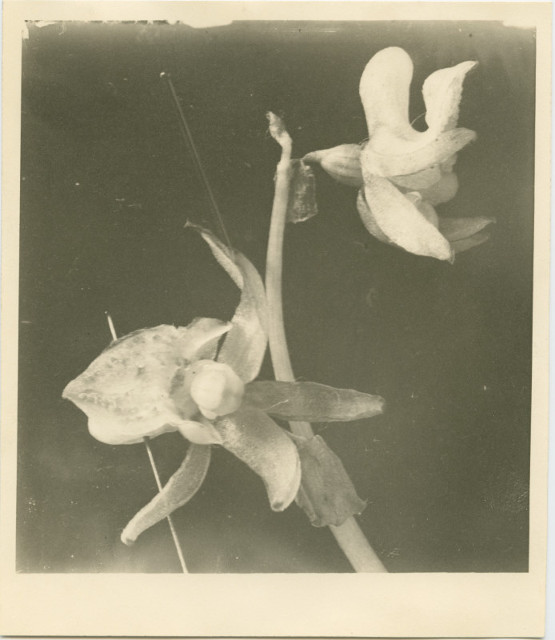
Photograph of ghost orchid (museum number REDMG : 1997.150.36)
Henrietta Lawes
Henrietta Lawes (1861-1947) was an artist with an interest in archaeology. She was born and brought up in Reading. Henrietta was a mature student at the Reading School of Art from 1890-92 and gained her Art Master’s Certificate in 1897 from the University of Reading Extension College. She went to Egypt with Hilda Petrie and Flinders Petrie to assist with excavations at Hu (Hiu). Her role was to draw the pottery that was excavated. She gave a few Egyptian items to Reading Museum and was involved with the Egypt Exploration Societies donations from Hu in 1899. She bequeathed her books about Egypt and ancient Egyptian artefacts to the University of Reading and they now housed in their library and the Ure Museum.
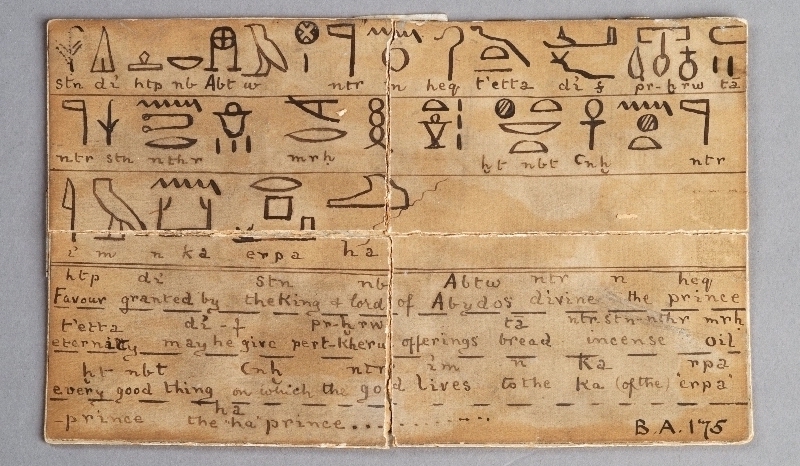
Hieroglyph translation attributed to Henrietta Lawes in the records for a stele (museum number REDMG : 1958.29.1) donated by the Egypt Exploration Fund in 1902
Shirley Townend
Shirley Townend was the Schools Liaison Officer for Reading Museum from 1951 until she retired in 1987. She modernised the loan service which started in 1911 with local schools borrowing items from the collection. She developed the service by collecting and donating more objects and making costumes which she added to new school loan boxes. Object handling allows pupils to use all their senses, such as touch, sight and smell, often leading to a more memorable experience. As a talented wildlife artist, she also painted images for Collins Guide to the Seashore, first published in 1958. Reading Museum has her original watercolours. Find out more about Shirley in this blog.
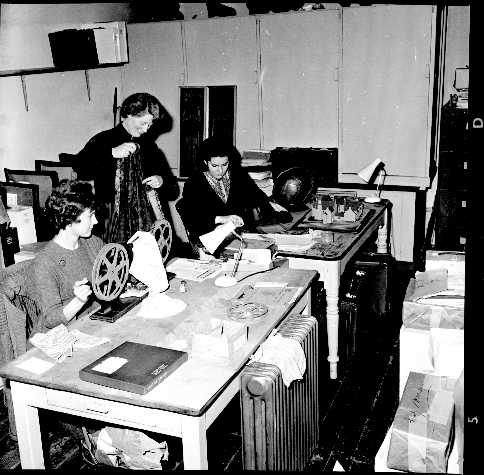
Shirley Townend (standing) with museum loan boxes in 1963 (museum number REDMG : 1980.36.D784.2)
Leonie Cobb
Leonie Cobb (1912-1984) was born in Wales and moved with her family to the Reading area in 1919. Her father lectured on Horticulture at University of Reading. Leonie was a talented linguist and undertook an Honours degree at the University of Reading. She worked at the Commonwealth Institute of Economic Entomology, writing abstracts for journal articles about insects beneficial or harmful to people, animals and crops, from 1936 until she retired in 1976. She was an active member of the Reading and District Natural History Society. Her illustrations of flowering plants appear in the Atlas of the British Flora, the Flora of Berkshire and the Flora of Oxfordshire. She was a keen conservationist and a founder member of the Berkshire, Buckinghamshire and Oxfordshire Naturalists' Trust (now BBOWT).
An avid herbarium collector, Leonie bequeathed a set of four albums, plus a collection of mosses, to Reading Museum.
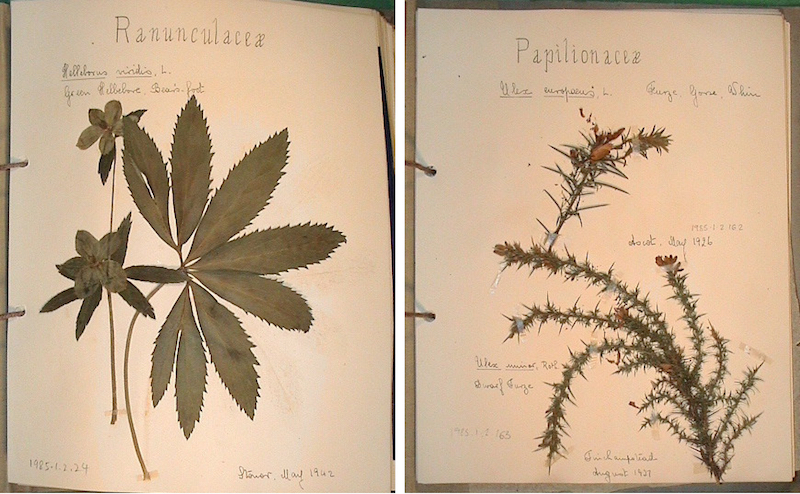
Pages from Leonie Cobb's plant albums (museum number REDMG : 1985.1.2)
To find out more information about artefacts in the Reading Museum collection, check out our online collections portal.
